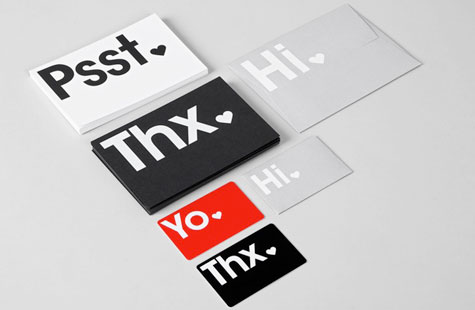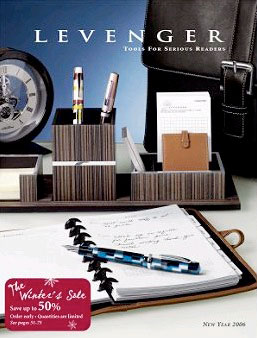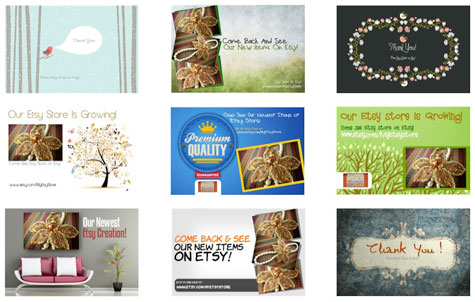
There are the movers to confirm, the addresses to change, the parentals to call, and we really do need to pick up some cat food lest the beasties set to snacking on us come nightfall. This is what’s in my head at the moment; I’m sure there’s a similar chaos swirling around in yours. Simply put, there is no way in hell that an online retailer is going to cram its message into that mix with an email blast or static display ad.
We’re not talking about the Amazons and eBays of this world, of course. If they discontinued their advertising efforts completely, we’d still flock to their websites in search of the latest design book or nostalgic knickknack. But what of the Shutterflys, Modcloths, FABs and the rest?

The Power of the Printed Piece
Before we address the value of direct mail, let’s not kid ourselves – it has its fair share of problems. That thick bundle of circulars that regularly lands in the mailbox hits the recycle bin nearly as fast as the unwanted emails, and rightly so. It’s often poorly designed, printed on low-quality paper, and displays an almost malicious lack of knowledge of its recipient. It’s saturation mailing pure and simple – advertisers are betting that if they can keep their ad margins low enough, even a few sales will make it worth while.
E-tailers that come to direct mail do so having already played that keep-it-cheap game with online advertising…and lost. What they want to do is create a piece that reminds potential customers of their existence long after the computer’s been turned off for the day.
FAB.com is an excellent example of an e-tailer that understands its customer base, and the impact a printed piece can have. Every once in a while my art-director wife receives an elegant little envelope with something fun tucked inside (similar to those above) – little cards featuring fun typography and illustration seem to be the norm – and often, a gift card toward her next purchase. No hawking of sales, no poorly thought out “we miss you” postcard, just a gentle reminder of why she likes them, and an incentive to send a little more business their way. It works.
While she’s sifting through her FAB cards, I can be found drooling over the latest Levenger catalog. While nowhere near as imaginative as the cards, the catalog is aimed at a stodgier, writing obsessed crowd. (Like FAB, they know their audience.) And these are no mere 10-page brochures, but 4-color, 68-page glossy catalogs that come several times each year. With large photographs of sumptuous-looking notebooks and pens, the current catalog doesn’t get recycled until the next arrives.
Is Direct Mail Cost Effective?
Whether an e-tailer can make direct mail pay is another question. The numbers for a test campaign are certainly compelling if the mailing is large enough, according to a recent Huffington Post piece by Andy Ostroy, chairman and CEO of New York City direct-marketing firm Belardi/Ostroy.
He posits that a 24-page catalog sent to 400,000 people (half to current customers, half to potentials) should cost $226,000, and reap about $1.6 million in sales, or $4 per mailing. (Check the piece for his in-depth calculations on that one.) As he puts it, “… find ’em through direct-mail, fulfill orders online. It also can address a major challenge ecomms experience in having large amounts of lapsed customers and one-time-only buyers.” Exactly.
At the smaller end of the spectrum, a partnership between Etsy and Postcard Services allows even Etsy sellers to send precisely targeted postcards (below) to past customers using an app called Direct Mail Manager. Costs begin at 49 cents per 4”-x-6” postcard, and 79 cents for a 5.5”-x-8.5” “jumbo” postcard. (Higher tiers of the service, starting at $30/month, give you online tools to manage and improve your mailing strategies.) Not exactly enticing for the maker of $10 necklaces, but a powerful tool for the higher earners struggling to remind customers which Etsy artist sold them that jaw-dropping, custom-made skirt.
All in all, the question looks to be can e-tailers afford not to test the direct-mail waters? As much as they’d like to think they’ve created a special rapport with us the moment they’ve sold us that salt shaker that looks like Churchill, in our minds they’ve already been eclipsed by the next item on our never-ending To Do list.
………














